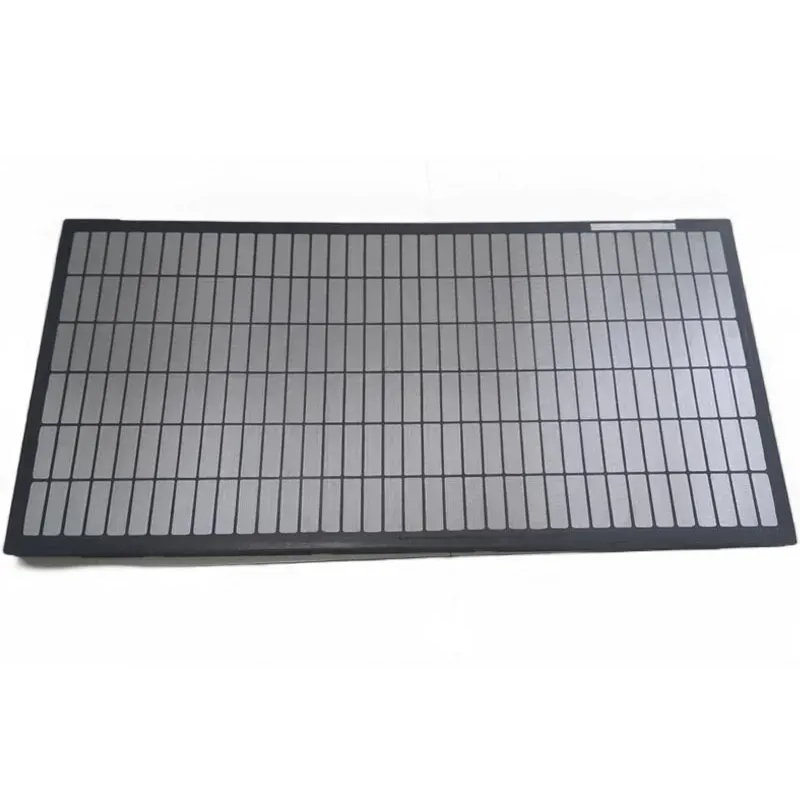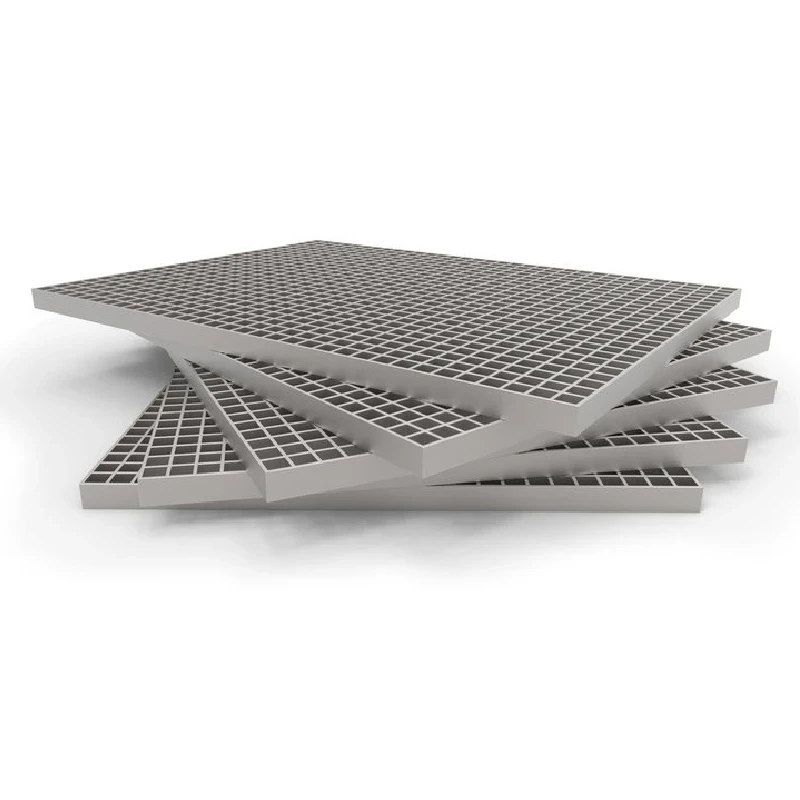- Industrial zone, South of Anping Town, Hengshui, Hebei, China.
- sales@hfpetromesh.com
- +86-18931809706
 Afrikaans
Afrikaans  Albanian
Albanian  Amharic
Amharic  Arabic
Arabic  Armenian
Armenian  Azerbaijani
Azerbaijani  Basque
Basque  Belarusian
Belarusian  Bengali
Bengali  Bosnian
Bosnian  Bulgarian
Bulgarian  Catalan
Catalan  Cebuano
Cebuano  Corsican
Corsican  Croatian
Croatian  Czech
Czech  Danish
Danish  Dutch
Dutch  English
English  Esperanto
Esperanto  Estonian
Estonian  Finnish
Finnish  French
French  Frisian
Frisian  Galician
Galician  Georgian
Georgian  German
German  Greek
Greek  Gujarati
Gujarati  Haitian Creole
Haitian Creole  hausa
hausa  hawaiian
hawaiian  Hebrew
Hebrew  Hindi
Hindi  Miao
Miao  Hungarian
Hungarian  Icelandic
Icelandic  igbo
igbo  Indonesian
Indonesian  irish
irish  Italian
Italian  Japanese
Japanese  Javanese
Javanese  Kannada
Kannada  kazakh
kazakh  Khmer
Khmer  Rwandese
Rwandese  Korean
Korean  Kurdish
Kurdish  Kyrgyz
Kyrgyz  Lao
Lao  Latin
Latin  Latvian
Latvian  Lithuanian
Lithuanian  Luxembourgish
Luxembourgish  Macedonian
Macedonian  Malgashi
Malgashi  Malay
Malay  Malayalam
Malayalam  Maltese
Maltese  Maori
Maori  Marathi
Marathi  Mongolian
Mongolian  Myanmar
Myanmar  Nepali
Nepali  Norwegian
Norwegian  Norwegian
Norwegian  Occitan
Occitan  Pashto
Pashto  Persian
Persian  Polish
Polish  Portuguese
Portuguese  Punjabi
Punjabi  Romanian
Romanian  Russian
Russian  Samoan
Samoan  Scottish Gaelic
Scottish Gaelic  Serbian
Serbian  Sesotho
Sesotho  Shona
Shona  Sindhi
Sindhi  Sinhala
Sinhala  Slovak
Slovak  Slovenian
Slovenian  Somali
Somali  Spanish
Spanish  Sundanese
Sundanese  Swahili
Swahili  Swedish
Swedish  Tagalog
Tagalog  Tajik
Tajik  Tamil
Tamil  Tatar
Tatar  Telugu
Telugu  Thai
Thai  Turkish
Turkish  Turkmen
Turkmen  Ukrainian
Ukrainian  Urdu
Urdu  Uighur
Uighur  Uzbek
Uzbek  Vietnamese
Vietnamese  Welsh
Welsh  Bantu
Bantu  Yiddish
Yiddish  Yoruba
Yoruba  Zulu
Zulu
- Afrikaans
- Albanian
- Amharic
- Arabic
- Armenian
- Azerbaijani
- Basque
- Belarusian
- Bengali
- Bosnian
- Bulgarian
- Catalan
- Cebuano
- Corsican
- Croatian
- Czech
- Danish
- Dutch
- English
- Esperanto
- Estonian
- Finnish
- French
- Frisian
- Galician
- Georgian
- German
- Greek
- Gujarati
- Haitian Creole
- hausa
- hawaiian
- Hebrew
- Hindi
- Miao
- Hungarian
- Icelandic
- igbo
- Indonesian
- irish
- Italian
- Japanese
- Javanese
- Kannada
- kazakh
- Khmer
- Rwandese
- Korean
- Kurdish
- Kyrgyz
- Lao
- Latin
- Latvian
- Lithuanian
- Luxembourgish
- Macedonian
- Malgashi
- Malay
- Malayalam
- Maltese
- Maori
- Marathi
- Mongolian
- Myanmar
- Nepali
- Norwegian
- Norwegian
- Occitan
- Pashto
- Persian
- Polish
- Portuguese
- Punjabi
- Romanian
- Russian
- Samoan
- Scottish Gaelic
- Serbian
- Sesotho
- Shona
- Sindhi
- Sinhala
- Slovak
- Slovenian
- Somali
- Spanish
- Sundanese
- Swahili
- Swedish
- Tagalog
- Tajik
- Tamil
- Tatar
- Telugu
- Thai
- Turkish
- Turkmen
- Ukrainian
- Urdu
- Uighur
- Uzbek
- Vietnamese
- Welsh
- Bantu
- Yiddish
- Yoruba
- Zulu
កុម្ភៈ . 17, 2025 16:27
Back to list
perimeter safety net
Perimeter safety nets serve as a pivotal component in safeguarding construction sites, ensuring worker safety, preventing accidental falls, and maintaining compliance with regulatory standards. As construction projects soar to new heights, the importance of effective safety measures cannot be overemphasized. Drawing from both seasoned experience and deep-rooted expertise in site safety management, this article underscores the critical aspects of perimeter safety nets and elucidates their pivotal role in fortifying job sites.
The Authority of Compliance and Certification Perimeter safety nets must comply with international safety standards such as the European Standard EN 1263-1 and the Occupational Safety and Health Administration (OSHA) regulations. Compliance with such regulatory norms not only reinforces the protective capabilities of the safety nets but also instills confidence among stakeholders regarding site safety protocols. Construction firms that adhere to these standards demonstrate a commitment to workplace safety, contributing to their authoritative standing in the industry. Cultivating Trust Through Transparent Practices Incorporating transparency in safety protocols fosters trust among workers and clients. Detailed documentation of safety net specifications, regular safety drills, and open communication channels empower workers by keeping them informed about the safety measures in place. Furthermore, engaging workers in feedback loops regarding safety practices enhances trust, as it demonstrates a company’s commitment to continuous improvement and employee welfare. Future Trends in Perimeter Safety Technologies The continual evolution of construction safety technologies promises enhancements in perimeter safety net systems. Innovations such as smart safety nets with integrated sensors to monitor load and tension in real time are reshaping the future landscape. These intelligent systems allow for immediate alerts and preventive measures, minimizing risks even further. As these futuristic solutions become more accessible, their integration into standard safety protocols will redefine industry standards, offering unprecedented levels of protection. In Conclusion The significance of perimeter safety nets transcends their immediate protective functions, symbolizing a construction company’s dedication to safety, compliance, and operational excellence. By drawing upon expert knowledge, ensuring compliance with authoritative standards, and fostering trust through transparency, companies can significantly mitigate risks and protect their most valued assets—their workers. As the construction industry advances, perimeter safety nets will remain an indispensable component of a comprehensive safety strategy, continually adapting to meet new challenges and technological innovations.


The Authority of Compliance and Certification Perimeter safety nets must comply with international safety standards such as the European Standard EN 1263-1 and the Occupational Safety and Health Administration (OSHA) regulations. Compliance with such regulatory norms not only reinforces the protective capabilities of the safety nets but also instills confidence among stakeholders regarding site safety protocols. Construction firms that adhere to these standards demonstrate a commitment to workplace safety, contributing to their authoritative standing in the industry. Cultivating Trust Through Transparent Practices Incorporating transparency in safety protocols fosters trust among workers and clients. Detailed documentation of safety net specifications, regular safety drills, and open communication channels empower workers by keeping them informed about the safety measures in place. Furthermore, engaging workers in feedback loops regarding safety practices enhances trust, as it demonstrates a company’s commitment to continuous improvement and employee welfare. Future Trends in Perimeter Safety Technologies The continual evolution of construction safety technologies promises enhancements in perimeter safety net systems. Innovations such as smart safety nets with integrated sensors to monitor load and tension in real time are reshaping the future landscape. These intelligent systems allow for immediate alerts and preventive measures, minimizing risks even further. As these futuristic solutions become more accessible, their integration into standard safety protocols will redefine industry standards, offering unprecedented levels of protection. In Conclusion The significance of perimeter safety nets transcends their immediate protective functions, symbolizing a construction company’s dedication to safety, compliance, and operational excellence. By drawing upon expert knowledge, ensuring compliance with authoritative standards, and fostering trust through transparency, companies can significantly mitigate risks and protect their most valued assets—their workers. As the construction industry advances, perimeter safety nets will remain an indispensable component of a comprehensive safety strategy, continually adapting to meet new challenges and technological innovations.
Share
Prev:
Latest news
-
Welded Steel Bar Grating: The Rugged Industrial Flooring Solution Built for Load and LongevityNewsJun.24,2025
-
Steel Walkway Grating: Reliable, Resilient, and Built for Every StepNewsJun.24,2025
-
Shale Shaker Screen for Sale: Optimize Drilling Efficiency with Precision Screening PowerNewsJun.24,2025
-
Shaker Screen for Sale: Elevate Your Drilling Efficiency with Durable Separation SolutionsNewsJun.24,2025
-
Press Locked Steel Grating: Industrial Strength with Precision Fit for Heavy-Duty ApplicationsNewsJun.24,2025
-
Perimeter Safety Netting: The Critical Safety Upgrade for Every HelipadNewsJun.24,2025